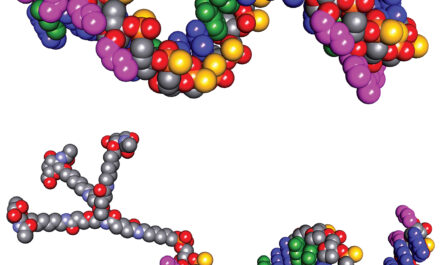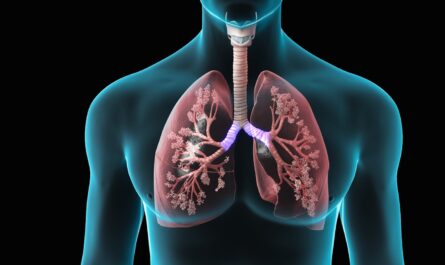Candidiasis, also known as thrush or yeast infection, is a common fungal infection caused by a yeast called Candida. While Candida exists harmlessly in the body, overgrowth can result in candidiasis affecting different parts of the body. In this article, we explore candidiasis in depth covering its causes, symptoms, diagnosis and treatment.
What is Candida?
Candida is a type of yeast that naturally lives on the skin and mucous membranes without causing any problems. The most common type of Candida involved in infections is Candida albicans. Under normal conditions, other microorganisms in the body keep Candida under control. However, certain conditions can disrupt this balance and allow Candida to multiply and cause an infection.
Causes of Candidiasis
There are several factors that can promote an overgrowth of Candida resulting in candidiasis:
– Antibiotic use: Broad-spectrum antibiotics disrupt the normal microbiome and allow Candida to flourish. This is a common cause of oral and vaginal thrush.
– Hormonal changes: Fluctuations in hormones like estrogen can upset the vaginal microbial balance and promote vaginal candidiasis. This infection is commonly seen during pregnancy or with birth control pills.
– Poor immune system: Conditions like AIDS/HIV, cancer treatments like chemotherapy weaken the immune system’s ability to keep Candida in check. This predisposes to widespread or recurrent candidiasis.
– Medical conditions: Diabetes, especially if poorly controlled, increases the risk of candidiasis as high blood sugar favors fungal growth. Premature babies are also prone due to underdeveloped immune systems.
– Tight-fitting clothes: Wearing synthetic moist clothing promotes a warm, humid environment where Candida thrives. Outer garments that don’t “breathe” can lead to candidal diaper rash or athlete’s foot.
Types of Candidiasis
Depending on the affected area, Candidiasis can be classified into different types:
Oral candidiasis (Thrush): Candida overgrowth in the mouth presents as white patches on the tongue, inner cheeks or throat that can be scraped off, leaving a red area.
Genital candidiasis: Vaginal thrush causes thick, white discharge and itching in females. Penile candidiasis may occur in uncircumcised males with symptoms of red rash and inflammation under foreskin.
Esophageal candidiasis: When Candida infects the esophagus, it can cause dysphagia (difficulty swallowing), retrosternal pain and odynophagia (painful swallowing). This tends to occur more in patients with weakened immune systems.
Cutaneous candidiasis: Skin candidiasis presents as deeply cracked nails (“candidal onychomycosis”), scaling rashes in skin folds like armpits and groin (“intertrigo”) or persistent athlete’s foot with itching between toes.
Systemic candidiasis: Very rarely, immunocompromised patients may develop invasive candidiasis involving vital organs with potentially life-threatening consequences.
Symptoms and Diagnosis of Candidiasis
The symptoms of candidiasis vary depending on the infected area but commonly include superficial itchy or sore lesions along with thick, white-yellow discharge that can indicate excess fungal growth. A medical professional will conduct an examination and might perform diagnostic tests to confirm candidiasis and rule out other possible conditions. Samples may be obtained from suspected skin, oral or vaginal lesions for microscopic examination revealing telltale pseudohyphae and budding yeast cells. Culture tests provide definitive identification of the causative Candida species to help guide appropriate treatment.
Treatment and Prevention of Recurrence
Once diagnosed, candidiasis is usually treatable with antifungal medication applied topically or taken orally depending on severity. Oral thrush may clear up with antifungal lozenges or troches while recurrent vaginal infections often require longer courses of oral anti-yeast drugs like fluconazole. Skin infections necessitate topical azole creams while severe or disseminated infections warrant intravenous antifungal therapy in hospital. Additionally, treating any predisposing medical conditions helps controlling candidiasis. Prevention strategies include wearing loose cotton clothing, practicing good hygiene, avoiding unnecessary antibiotics and maintaining healthy immunity through a balanced diet and lifestyle. With treatment and preventive measures, candidiasis cure rates are excellent and future recurrences can usually be successfully avoided.
Candidiasis results from an excessive overgrowth of the Candida fungus that normally lives on our skin and inside our bodies. While not usually serious, candidial infections ought not be ignored as they can worsen in patients with weak immunity. By understanding the causes and risk factors involved, combined with prompt diagnosis and adherence to antifungal treatment regimens, candidiasis can be effectively managed in most cases. With careful preventive measures, recurrent infections too can often be prevented making candidiasis a manageable condition for both individuals and healthcare providers alike.
*Note:
1. Source: Coherent Market Insights, Public sources, Desk research
2. We have leveraged AI tools to mine information and compile it




